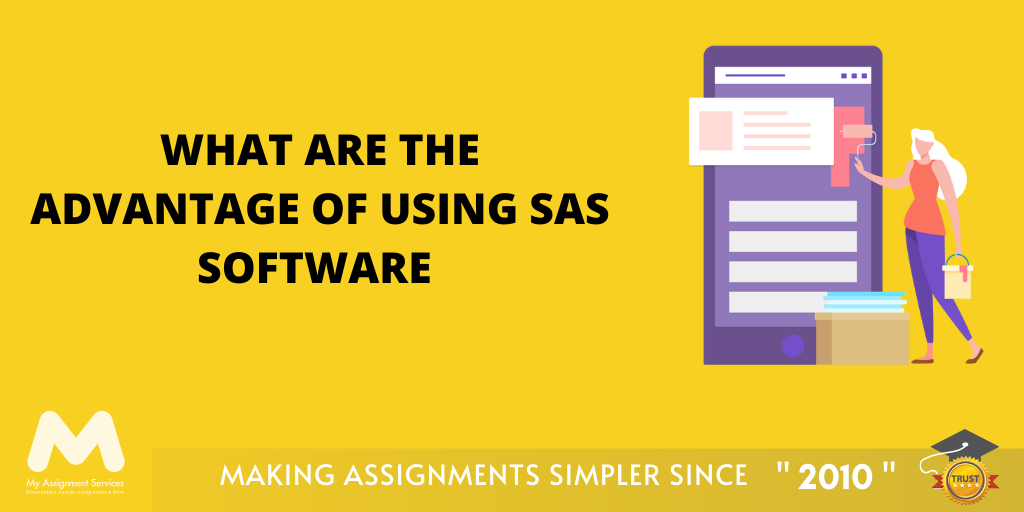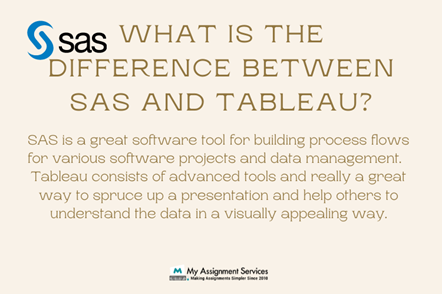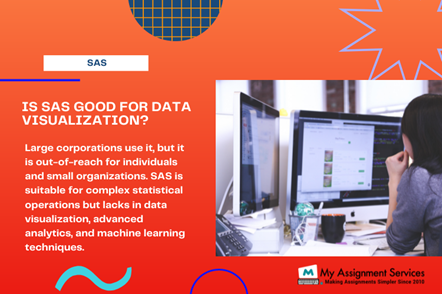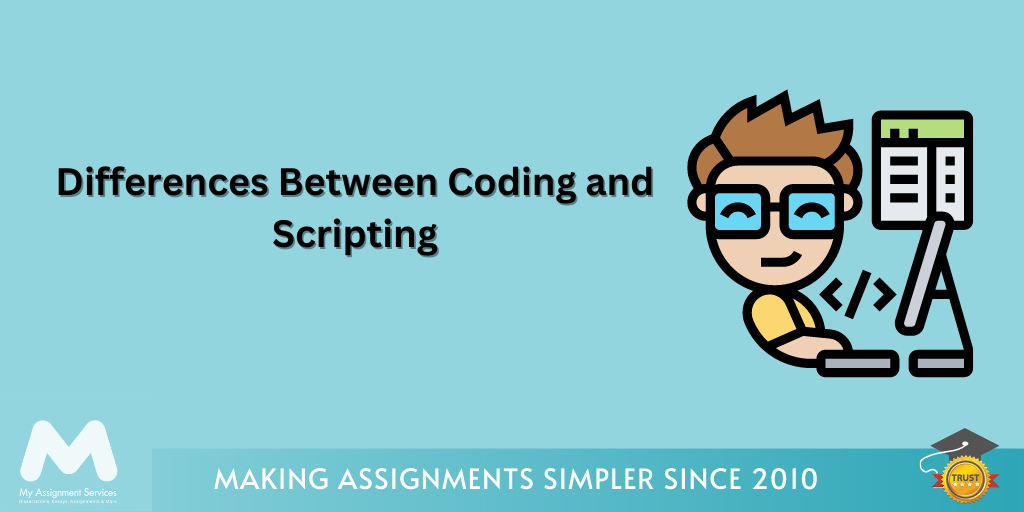
Statistical Analysis Software or SAS is a software package used for data analysis. The acronym was first used in the title of a statistical analysis textbook by Gary A. Shelly that was published in 1981, but it soon became the de facto name of the pioneering "Statistical Analysis System" software program developed at North Carolina State University in 1976 by Anthony James Barr and John Sall (also founders of SAS Institute Inc.)
SAS software is used by people in a wide variety of industries, including finance, biotechnology, pharmaceuticals, energy exploration and business analytics. What makes it unique is the ease with which non-technical users can perform data analysis without requiring any programming or statistical knowledge.

What are the Types of SAS Software?
There are many SAS software available from the market, which provide different types of features. For example:
SAS University Edition
This version is designed to be free for academic use and is available only as a download from the SAS website. This version uses a single-user model with no session limits or output size limits, but it runs slower than the full commercial versions. Because this is a student/academic version, it comes with manuals and course exercises that can help students understand the basics of statistical analysis using SAS. It also includes dozens of datasets from various fields such as medical studies, social science statistics, business marketing research, etc., along with sample code to work with those datasets.
SAS Personal Edition
Personal Edition has most features of the commercial versions but is limited to a single user.
SAS Studio
This is a Java-based graphical interface for SAS that replaces SAS Enterprise Guide, which was discontinued in late 2016. It provides a simplified way to create, run, and manage SAS programs and can be used with either the full commercial versions of the free SAS University Edition.
SAS Enterprise Miner
This data mining software package from SAS enables users to build predictive models, conduct text analytics, perform market basket analysis, etc.
How Is SAS Software Used?
SAS software is used by businesses to make better decisions. Businesses use SAS to save time, reduce costs and improve their competitiveness. Scientists use SAS Software to gather data for research projects that require statistical analysis. They analyse the data they gather, document findings in reports, papers and presentations, manage data, collaborate with other researchers around the world, find patterns in the data that are not obvious and share discoveries with anyone who can benefit from them.
What Are the Major Functionalities Provided By SAS software?
It provides 6 main functions: data manipulation, data management, statistical procedures, graphics, report writing, and presentation with OO programming features. Today most companies use this tool because it gives the best result without any error or mistake. SAS has a graphical user interface which makes it easy for the users to understand.
How Expensive is SAS software?
SAS software is not free, but it is less expensive than some other data analysis packages. There are various pricing options depending on your needs, but if you are a student or faculty of an educational institution, opportunities might be available for you to use the software at no cost.
SAS provides various Software like Analytics Platform, Cloud-Ready Solutions (Non-Production), Data Integration Studio (Effectively Hosted), Enterprise Guide (Effective Hosted), Enterprise Miner (Efficiently Managed), Hadoop Solution, Information Delivery Portal (Effectively Managed), Intelligent Miner for Visualisation (Optimised Version), JMP Pro (Distributed Version), Platform for Risk Management (Hosted and On-Premise), Predictive Modelling (Efficiently Hosted) and Text Analytics.
What Are the Advantages of Using SAS Software?
The main advantages of using SAS software are that it is easy to use, provides accurate results, and is widely used in a variety of industries. SAS has a graphical user interface that makes it easy for users to understand, and the software provides accurate results without any errors or mistakes. Additionally, SAS is widely used by businesses and organisations in a variety of industries for data analysis. This makes it easy for users to find support and training if needed. Finally, SAS offers a wide range of products that meet the needs of different users. This allows businesses and organisations to select the product that best suits their individual needs.
SAS has been around since the early days of computing, and its popularity is due to the fact that it is one of the most powerful and flexible data analysis tools available. It can be used by a wide variety of people, especially those who want to perform their own analysis without requiring a lot of programming or statistical knowledge. SAS also provides great value for money because it is less expensive than some other options while still providing advanced capabilities. These advantages have made SAS one of the top choices for businesses and organisations that need to analyse large amounts of data without sacrificing accuracy or flexibility.
The SAS system includes features that allow the user to store information from previous steps in a process so it can be reused later—a feature called "caching". This makes tasks much more efficient since many times-performed processes do not have to be repeated once completed successfully. Users can also use "variables" and "macros" to establish shortcuts and customised procedures. This allows for easier data manipulation and more flexibility on the part of the user.

SAS helps standardise work by bridging different computer hardware, files that store raw data, and programs such as statistical modelling software. Any changes made to the original data set will automatically update in all SAS-related reports and graphs without requiring additional user input. Additionally, suppose the program detects an inconsistency during processing. In that case, it will give users a warning rather than simply producing incorrect or unexpected results—an especially useful feature when dealing with large sets of numbers and calculations since human error is often unavoidable otherwise. Finally, SAS has its own built-in programming language that users can use to create customised scripts or programs to suit their specific needs. This makes SAS an extremely versatile tool that can be adapted to any situation.
But Are There Any Drawbacks of Using SAS?
There are very few disadvantages to using SAS software for data analysis. One potential downside is that SAS can be expensive for small businesses or individual users who do not need all of the software's features. Additionally, some users may find the user interface daunting at first since it is so comprehensive. However, with a little bit of training and practice, most people will be able to take advantage of all that SAS has to offer. Similarly, with our information technology assignment help guided sessions, you can easily overcome your challenges related to SAS assignments.
Overall, SAS is a great choice for businesses and organisations that want an efficient, accurate, and versatile data analysis tool. It is easy to use and widely used in many different industries, making it easy to find support if needed. The system's caching feature also makes repetitive tasks much more efficient, and the built-in programming language allows users to create customised scripts and programs to suit their specific needs. SAS is an excellent choice for anyone who wants a comprehensive data analysis solution.
Need Further Help for Understanding SAS? Avail Our 1-1 Session Today!
In conclusion, SAS is a powerful and flexible data analysis tool that is easy to use and provides accurate results. It is widely used in a variety of industries and offers a wide range of products that meet the needs of different users. The main advantages of using SAS software are its ease of use, accuracy, and flexibility. Additionally, the system's caching feature helps users save time, and its standardised work capabilities help ensure consistency between data sets. Finally, the SAS programming language allows for custom scripts and procedures, making it adaptable to any situation. For these reasons, SAS is one of the top choices for businesses and organisations that need to analyse large amounts of data without sacrificing accuracy or flexibility.
Information technology assignment help sessions from the educators at My Assignment Services can allow you to gain tremendous knowledge about SAS. Our technical experts are neck deep in this software and similar other software, thus we can provide you with the best assistance for completing your assignments on SAS. We assume you have lots of queries unanswered. This is your opportunity to get them resolved from an SAS expert! Fill out the form and hire our live one-to-one session today.
Related Study Materials
Our Experts can answer your Assignment questions instantly.
Ask Question0 Comment
Get It Done! Today
1,212,718Orders
4.9/5Rating
5,063Experts













Loved reading this Blog? Share your valuable thoughts in the comment section.
Add comment